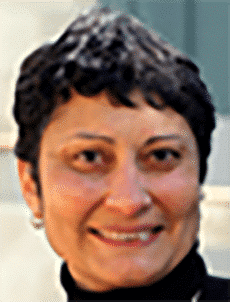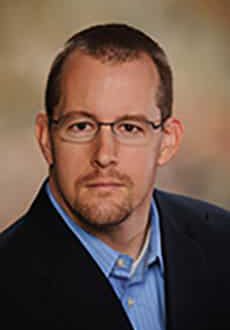Terahertz Imaging for Margin Assessment of Excised Breast Cancer Tumors
Date of original webcast: Tuesday, November 13, 2018
Duration: 1 hour
Summary
Breast cancer is a serious disease with almost one out of eight women in the U.S. expecting a diagnosis of breast cancer in her lifetime. The American Cancer Society (ACS) is the leader in the fight to end breast cancer with investing more in breast cancer research than any other cancer type to detect, prevent, treat, and cure the disease. This research is focused on investigating the capability of terahertz (THz) imaging and spectroscopy to differentiate between different types of tumor tissues in lumpectomy surgery. Breast Conserving Surgery (BCS), lumpectomy, reduces breast disfigurement compared with radical mastectomy. However, the margins of excised tumor tissue need to be analyzed by pathologists to judge if there remain any traces of cancerous tissue. This can take several days and in the case of positive margin detection a second surgery is needed to remove more tissue. Unfortunately, clinical studies indicated that in around 20-40% of cases excised malignant breast tumors contain positive margins.
THz technology offers several favorable features, including high sub-millimeter resolution, minimal scattering, and sensitivity to water content. Experimental data in the literature demonstrated image contrast enhancement when using THz waves compared with near-infrared and optical radiation. The novelty of this research lies in imaging three dimensional (3D) tumors instead of processed two dimensional (2D) sections. By using the whole excised tumor tissues, we demonstrate that THz imaging has a potential to be incorporated directly in the operating room for real time margin assessment. This research demonstrates THz transmission and reflection imaging of freshly excised and formalin-fixed, paraffin-embedded breast cancer tumors. THz imaging is shown a capability in defining the three-dimensional boundaries of tumors embedded in paraffin blocks. This procedure produces cross-section images of the tumor borders at any depth and enables direct correlation with histopathology sections. Tumors obtained from mice models and human breast are investigated. Unsupervised classifier is implemented to evaluate the THz image correlation with pathology. This research is a collaboration between electrical engineering, biomedical engineering and pathology at the University of Arkansas and Oklahoma State University.
Attendance is free. To access the event please register.
Note: Sponsored content, by paid advertisers, has not been subject to peer review. By registering for this webinar you understand and agree that IEEE may share your contact information with the sponsors of this webinar and that both IEEE and the sponsors may send email communications to you in the future.
Speakers

Dr. Magda El-Shenawee
Professor of Electrical Engineering
University of Arkansas
Dr. Magda El-Shenawee, (SM’02), is currently a Professor of Electrical Engineering at the University of Arkansas. Her background is in electromagnetics; theory, measurements and computational. She received her PhD in 1991 from the University of Nebraska-Lincoln. She was a Research Associate at the Center for Electro-Optics, University of Nebraska-Lincoln during 1992–1994, where she conducted research on the enhanced backscatter from random rough surfaces. She spent two years at the National Research Center, Cairo, Egypt, 1994–1996, and at the University of Illinois, Urbana-Champaign, during 1997–1999. During 1999–2001, she was a member of the Multidisciplinary University Research Initiative team at Northeastern University, Boston, MA, where she conducted research on the antipersonnel landmine detection. She joined the University of Arkansas, Fayetteville as an Assistant Professor in 2001, where she is currently a tenured professor. Her research interests include experimental terahertz imaging and spectroscopy, breast cancer imaging, image reconstruction algorithms antennas design and measurements, computational electromagnetics, biopotentials & bio-magnetics of breast cancerous cells. Her current research focuses on THz imaging of breast cancer tumors funded by NSF, NIH and the State of Arkansas. Her education goals are presented in the antenna online courses for industry and the open EM lab for undergraduate students, funded by the IEEE Antennas & Propagation Society. She published more than 228 papers in refereed journals and conference proceedings. She was invited to present her research internationally in several universities. More information can be found on https://terahertz.uark.edu/

Michael C. Hamilton
Dr. Michael C. Hamilton is an Associate Professor in the Electrical and Computer Engineering Department at Auburn University and the Assistant Director of the Alabama Microelectronics Science and Technology Center.